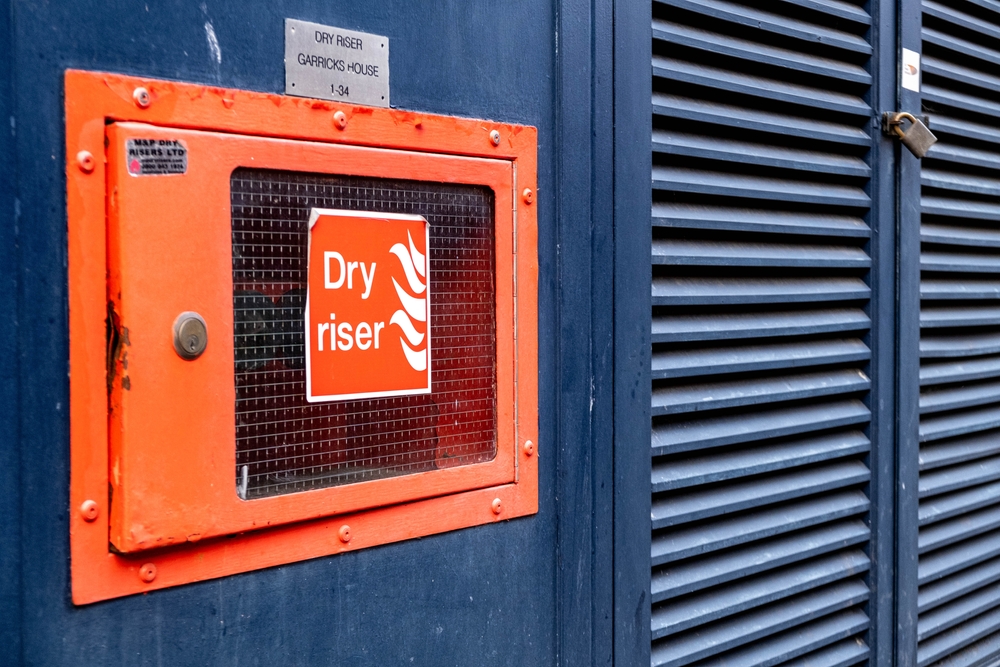Dry risers are a vital part of the role of a firefighter, ensuring they can extinguish a fire quickly and safely. But why is it called a dry riser? We get asked this all the time and came across a great article on cityfire.co.uk that answered that very question – take a look…
A key feature of fire protection systems across the world, dry risers are installed with the purpose of supplying water to multiple floors of buildings quickly and easily.
The reason it is called a ‘dry’ riser is that there is no water in the pipe; the pipe is filled with compressed air which prevents water entering the pipe unless a fire activates one of the sprinklers. Alternatively, should a fire break out, a fire engine can connect a hose to the dry riser and pump water up to the desired level.
The inlet for the dry riser is visible on the outside of the building at ground level. This is for connecting to the fire engine and it also contains a drain that allows any excess water to be removed after it has been used, and also for preventing the vandalism of the connection itself. Conversely, the outlets are found inside the building and are also contained within protective casing that must be broken or opened with a key in the event of an emergency.
Dry risers are by far the most efficient way to get water to floors in buildings with multiple levels. When compared to the time and effort it would take to run a hose up and down stairs, there is a vast amount of time saved which could avert a disaster. They come with a number of advantages as well as speed – they are easily installed in buildings, requiring no special equipment or facilities and they do not need the structure or design of the building to be altered.
You can read the full article on cityfire.co.uk.
Do you own or manage a building? If so, it is your responsibility to ensure the dry riser testing and dry riser maintenance are properly updated – our team carry out dry riser testing and dry riser maintenance throughout London and the south east. Contact us today to find out more.

